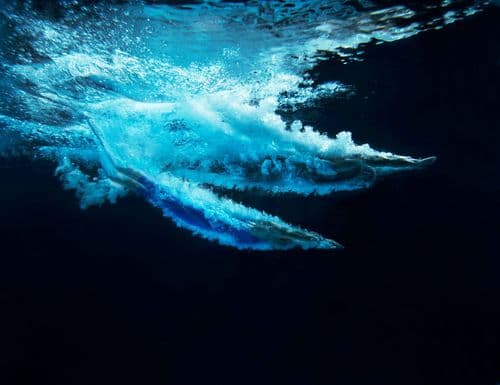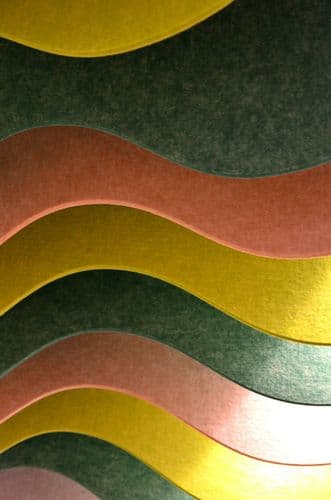How does the interplay between degradable and permanent materials in your artwork serve to explore themes of memory, permanence, and decay?
I think art is often seen as being static objects, such as stone sculptures or paintings preserved behind glass. For me, the way algae or gelatin-based polymers change over time is a novel and exciting aspect of the materials. It poetically conveys the act of decay, and sometimes the melancholic feeling of aging and death, in a way that traditional mediums may not be able to do.
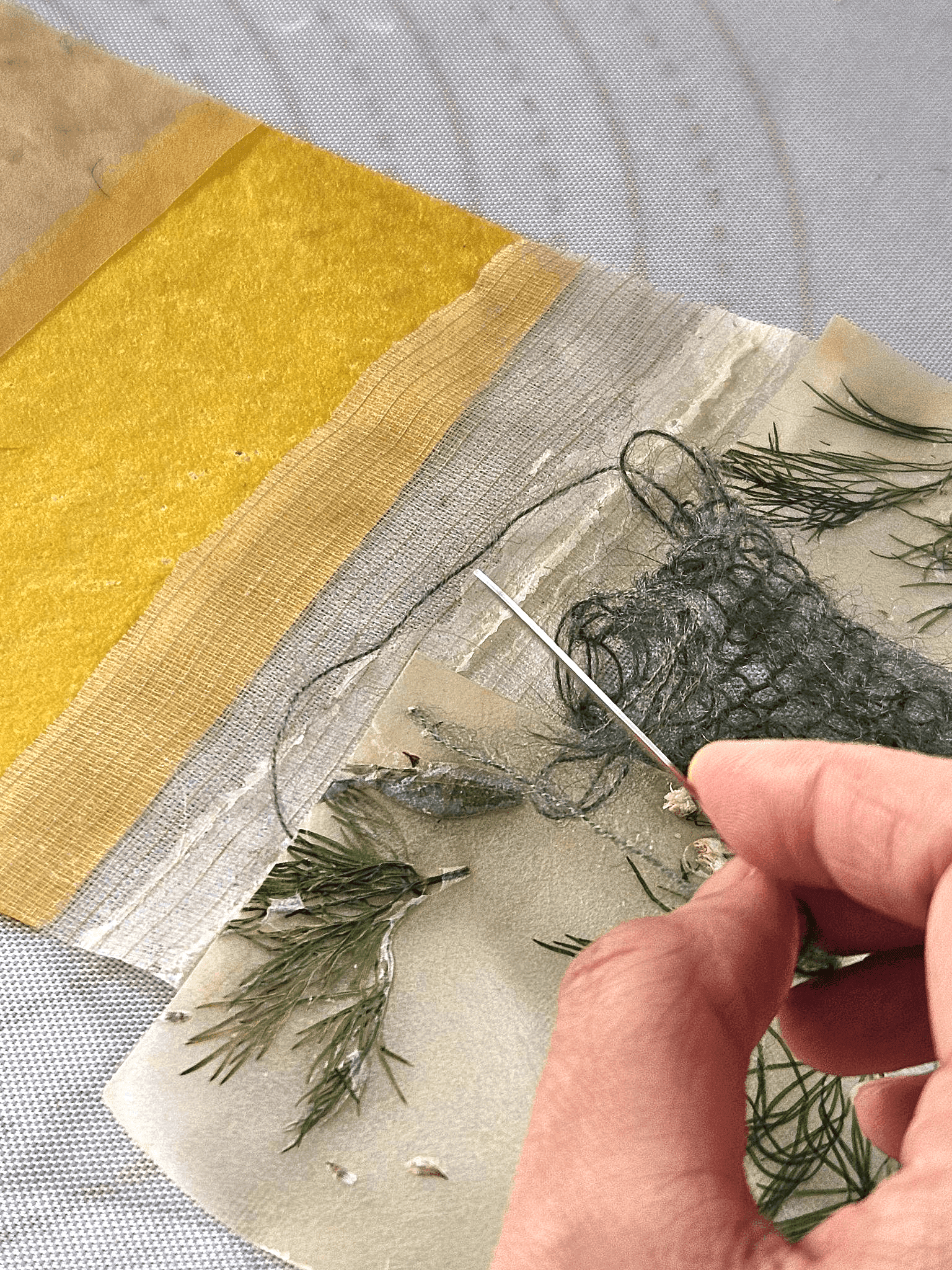
Could you describe the process of selecting materials for your work, particularly how you balance aesthetic considerations with the practical needs of producing a piece?
Material research has been a big, time-intensive part of my work, as there are countless recipes and processing methods for bioplastics and the outcomes are often unpredictable. So far I've chosen to focus on seaweed-based formulas, using carrageenan and agar agar as base ingredients. These are low-impact on the environment compared to animal products like gelatin, and can be poured and dried to variable thicknesses; their resulting pliability and versatility suit my sewing, layering, and folding experiments very well.
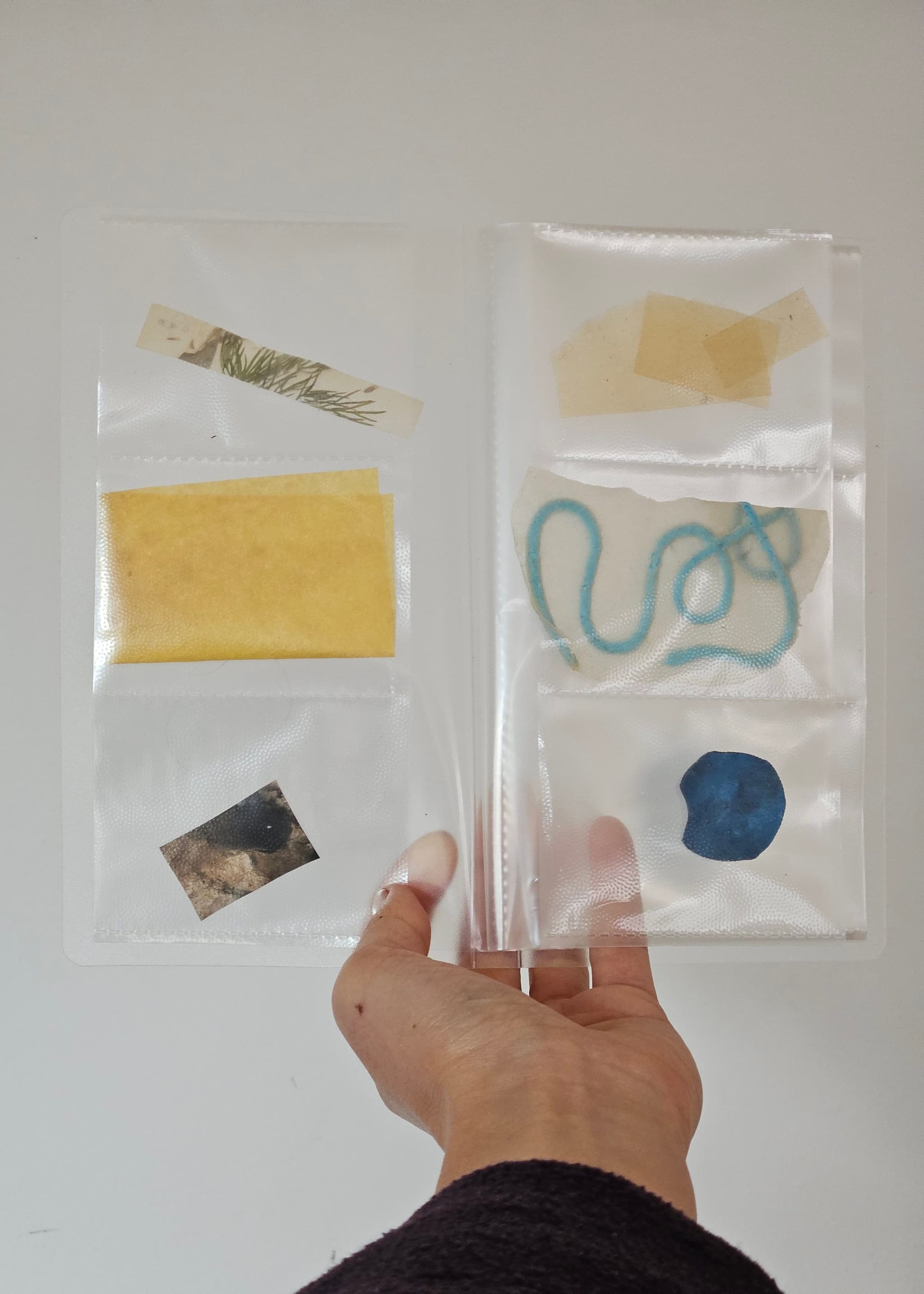
How do you see the role of abstract and expressive portraiture evolving in the art world, especially in relation to the use of unconventional materials?
I think portraiture has been going (and is still going) through a contemporary revival in terms of subject matter and style, and I’ve sometimes seen this translate into the use of interesting, innovative mediums and materials (for example the paintings of Chris Oh). I haven't come across biomaterials being used in figurative art yet, mainly in product design, so I decided it'd be a super interesting niche to explore.
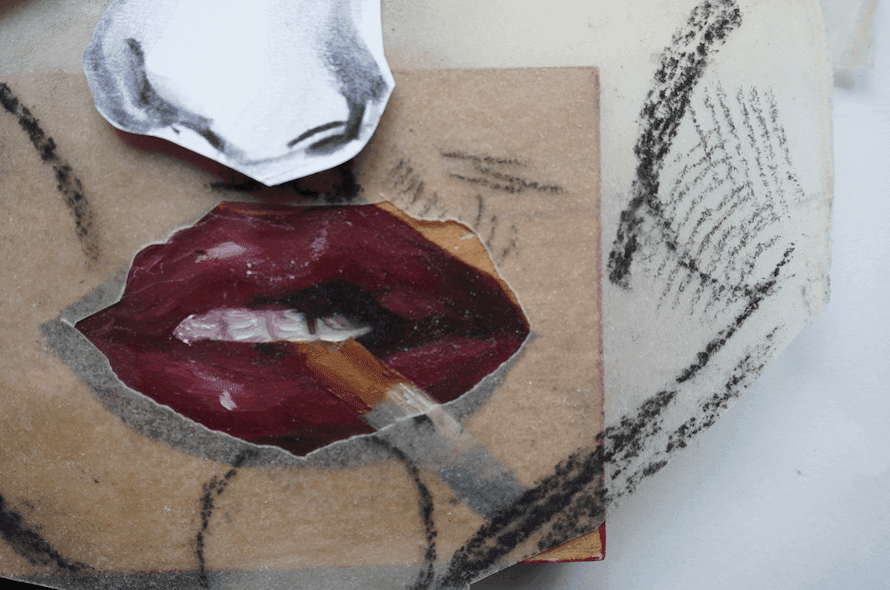
Your residency focuses on developing new formats and processes. Could you elaborate on one such process and how it has impacted your exploration of the self-image?
I tried quite a wide range of techniques and was initially focused on finding a way to transfer clean, crisp lines onto my materials. Dyeing and painting directly with dyes into the liquid bases proved too tricky to control, while emulsions tended to warp too drastically while drying. I ended up with decent results through charcoal transfer and drawing, as well as layering—the combination of these techniques made for some really great textural outcomes that elevated my images. My next step is to transfer or draw onto semi-wet bases and allow some organic warping to happen.

Considering your Taiwanese-Canadian background and current base in Berlin, how do these diverse cultural influences manifest in your choice of materials and artistic techniques?
I don’t think my cultural background has featured very prominently in my work so far, but I think growing up as a third-culture kid has taught me to be resourceful and to look for inspiration outside of my immediate environment. Certainly moving to Berlin and seeking out a Material Design course at ELISAVA Barcelona has exposed me to communities and opportunities I wouldn’t have had in Vancouver. I’m working to get back in touch with my Taiwanese roots as well and draw from them as a source of inspiration and self-understanding.
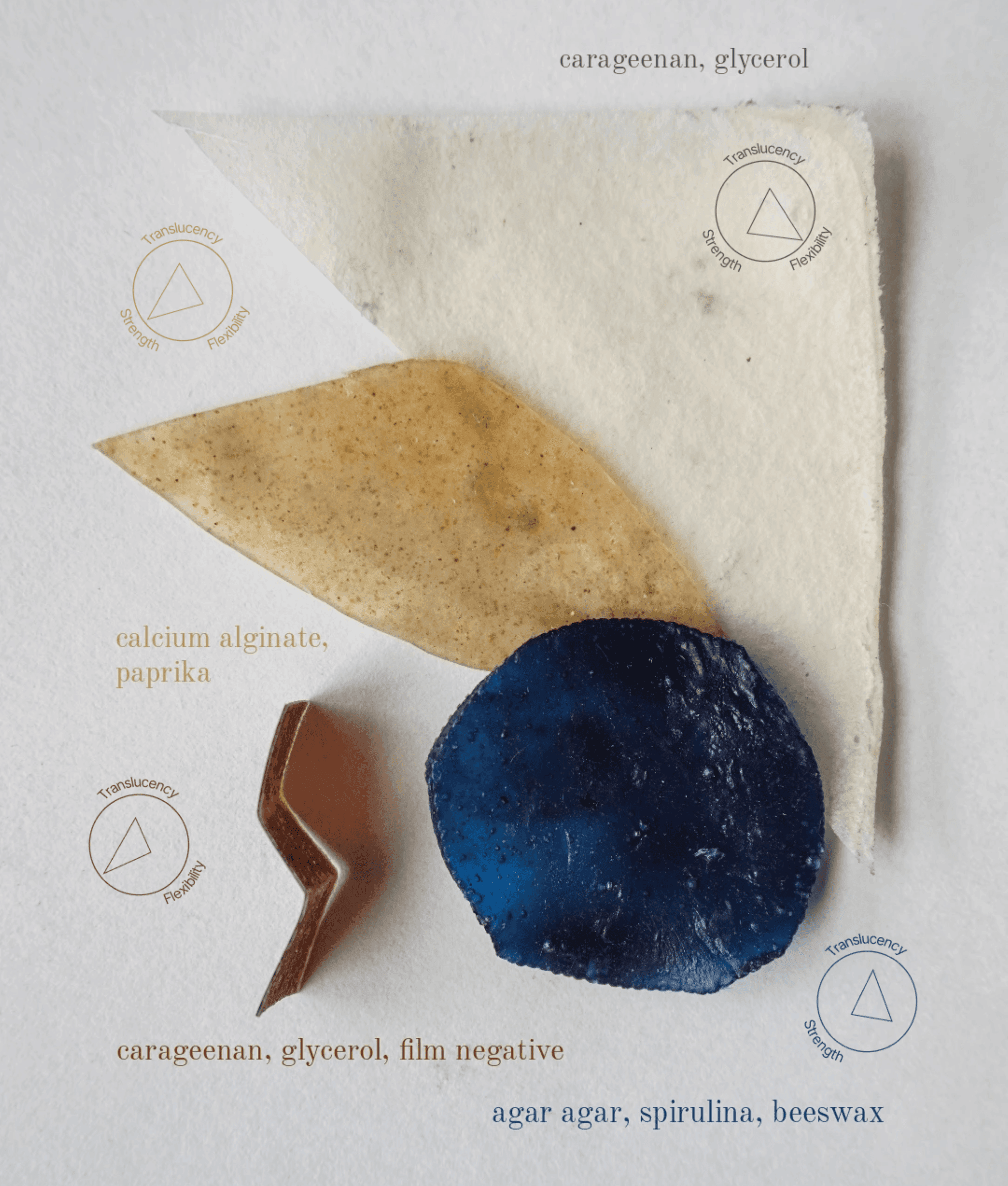
How do biomaterials influence the tactile elements of your work, and what role do they play in the viewer's experience of your exploration of memory and permanence?
Even though the majority of my work so far has been focused on figurative images, I do see a lot of sculptural potential in these materials through their translucency, texture, and form—especially when used in conjunction with textiles. My carrageenan bioplastic sheets are particularly reminiscent of skin, which plays very well into the concept of preserved or decaying bodily forms.
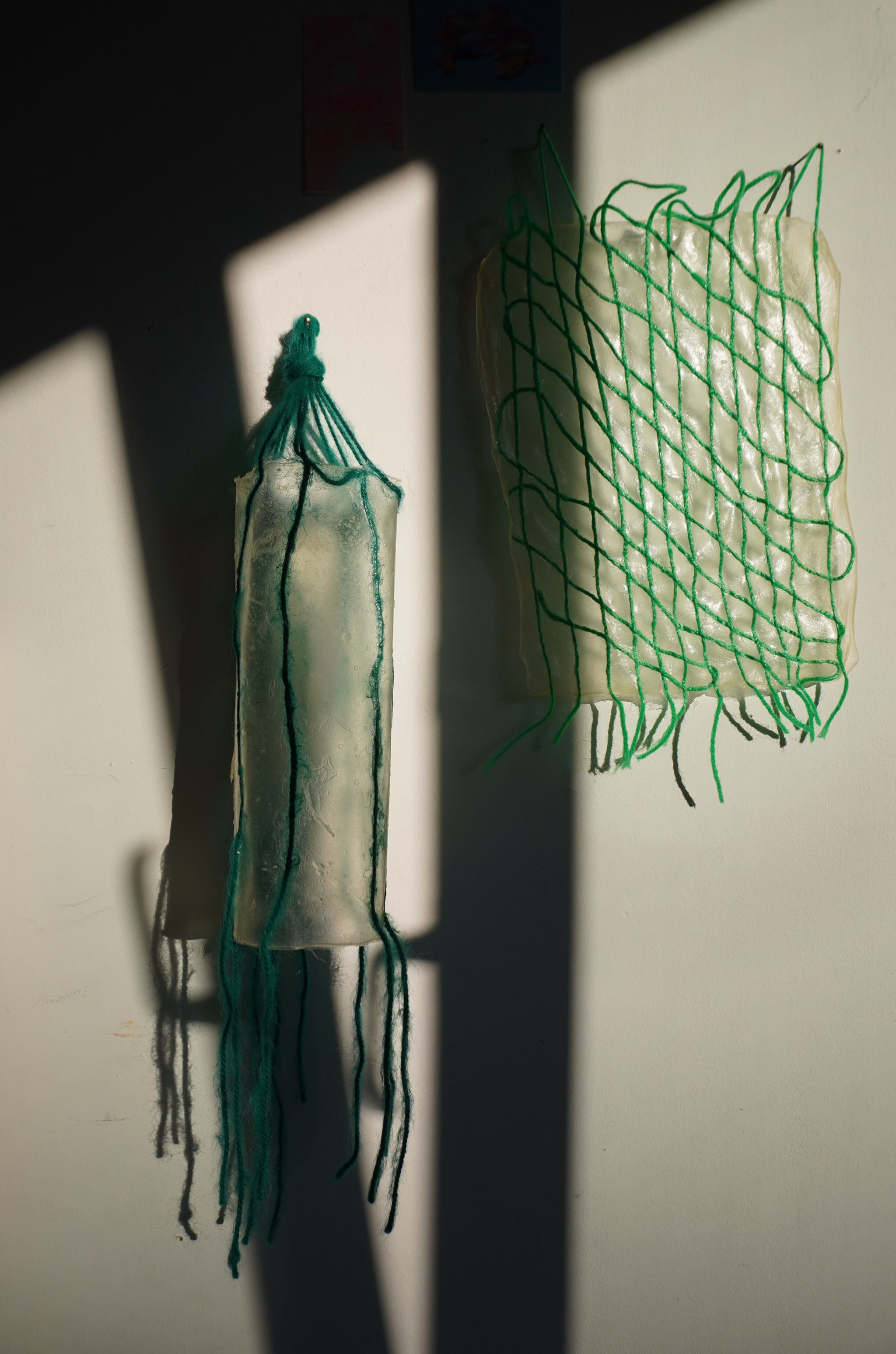
As your practice evolves, how do you anticipate the themes of memory, permanence, and decay will manifest in your future projects?
I want to expand my work into conceptual and sculptural worlds. After completing Memory Bank during my residency at GlogauAIR Berlin (which was recently shown at the RITUALS exhibition during the Venice Biennale), I’ve started a new project called Patchwork Organisms; a series of place-based, bio-material quilts made from collected mementoes that represent my environment. Akin to the embalmer's job of conserving the deceased with dignity and imbuing them with spiritual significance, this project confronts the themes of memory, and permanence by presenting viewers with a collection of objects that's both comforting (like a grandmother's quilt), yet reminiscent of decay (like a symbol of Memento mori).
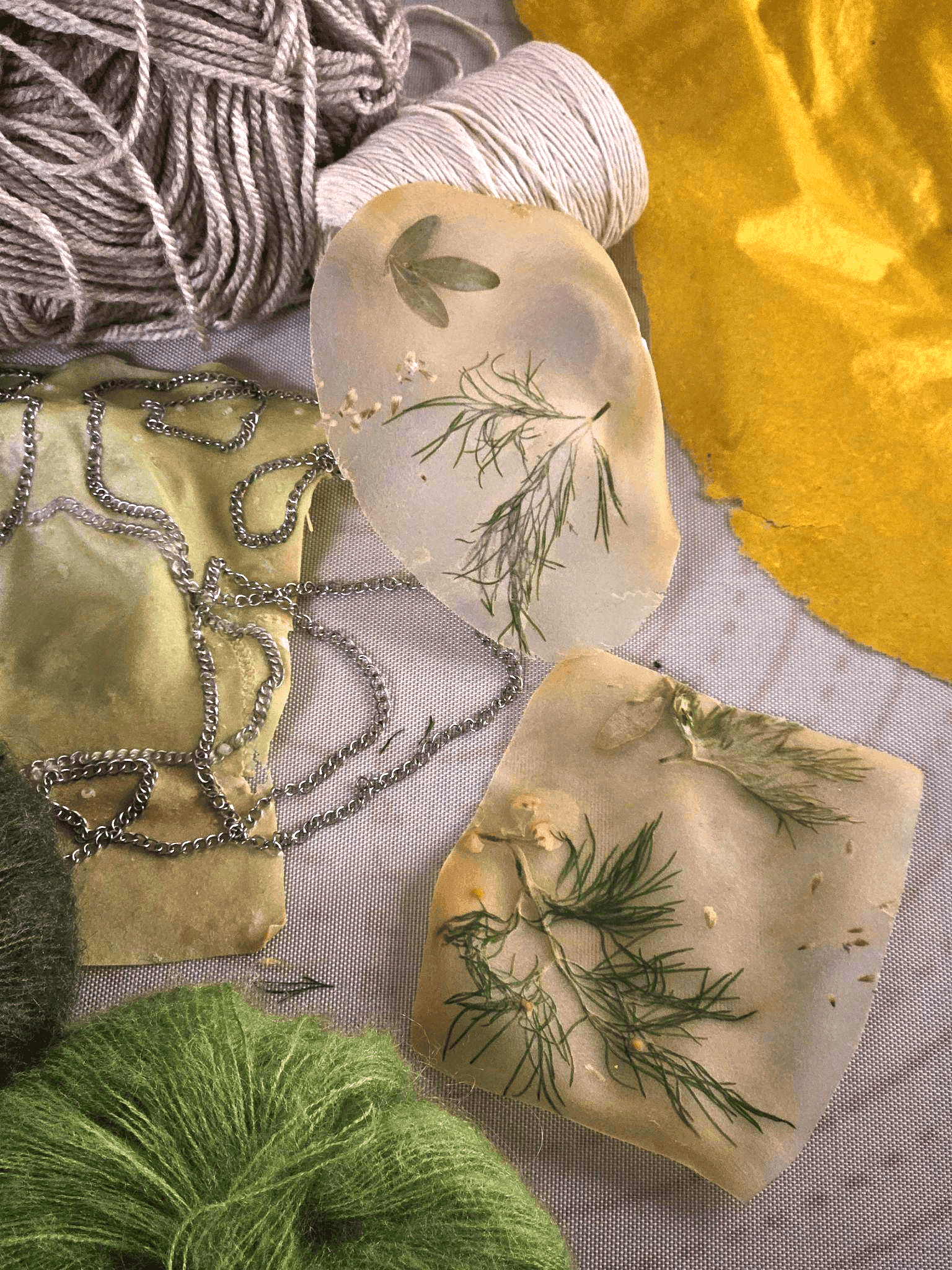
In your opinion, what is the most significant contribution that artists like yourself, who experiment with new and unique materials, can make to the broader discourse on sustainability in the arts?
I hope my circular materials can prompt the audience to rethink their connection to the larger ecosystem, as well as introduce them to the aesthetic and functional potential of bioplastics. Just as the 1930s introduced performance and conceptual art to the wider art discourse, and the 1960s digital art, I’d like to think that biomaterials have what it takes to become an important medium for the current and future art world. Parts of the product and fashion design communities are already on board, and it’s exciting to see how the field continues to innovate and evolve.





